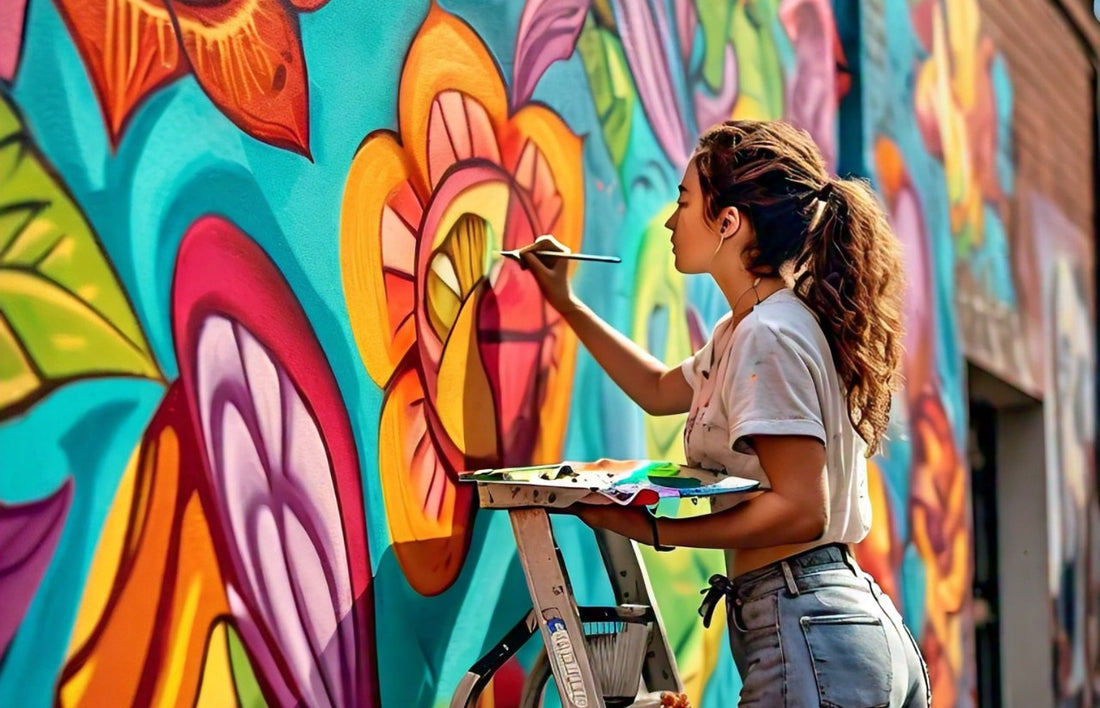
Graffiti Art: From Origins to Creation
Graffiti, once often seen as a rebellious act of vandalism, has evolved into a recognized art form, celebrated for its creativity, skill, and cultural significance. This guide will delve into the origins, the ideas behind graffiti, its purpose, and provide a basic understanding of how to create it.
Origins of Graffiti
The term "graffiti" is derived from the Italian word "graffito," meaning "scratching." While the practice of marking walls and surfaces with symbols and images dates back to ancient civilizations, modern graffiti is often traced to the 1960s in New York City. The subway cars and walls of the city became canvases for artists to express themselves, often anonymously and in a way that challenged societal norms.
Ideas Behind Graffiti Art
Graffiti artists are driven by a variety of motivations, including:
- Self-expression: Graffiti provides a platform for artists to communicate their thoughts, feelings, and experiences.
- Social commentary: Some artists use graffiti to address social issues, political concerns, or cultural critiques.
- Creativity and challenge: Graffiti artists often enjoy the thrill of creating art in public spaces, pushing boundaries, and developing their skills.
- Community building: Graffiti can foster a sense of community among artists and viewers, creating a shared cultural identity.
The Purpose of Graffiti
Graffiti serves various purposes, including:
- Artistic expression: It is a form of visual art that showcases creativity and skill.
- Social and political commentary: Graffiti can be a powerful tool for raising awareness and sparking discussions.
- Urban beautification: When done responsibly, graffiti can enhance the visual appeal of urban environments.
- Community engagement: Graffiti can bring people together and create a sense of belonging.
How to Create Graffiti Art
If you're interested in trying your hand at graffiti, here's a basic guide to get you started:
- Gather your materials: You'll need spray paint cans, a sketchpad, pencils, markers, and possibly a stencil.
- Find a legal surface: It's important to obtain permission before painting on any surface. Many cities have designated legal walls or murals where artists can express themselves.
- Sketch your design: Before you start spraying, sketch out your design on paper. Consider the composition, colors, and overall message you want to convey.
- Practice techniques: Experiment with different techniques, such as tagging (simple, stylized signatures), throw-ups (quick, stylized letters), and characters (detailed figures).
- Start spraying: Begin with lighter coats and gradually build up the color. Use a steady hand and control the spray to achieve your desired effect.
- Add details: Once the main elements are in place, add details like shadows, highlights, and textures.
- Finish your piece: Let the paint dry completely before adding any final touches.
Remember, graffiti is a form of art that requires practice and experimentation. Don't be afraid to make mistakes and learn from them. Most importantly, have fun and express yourself creatively!